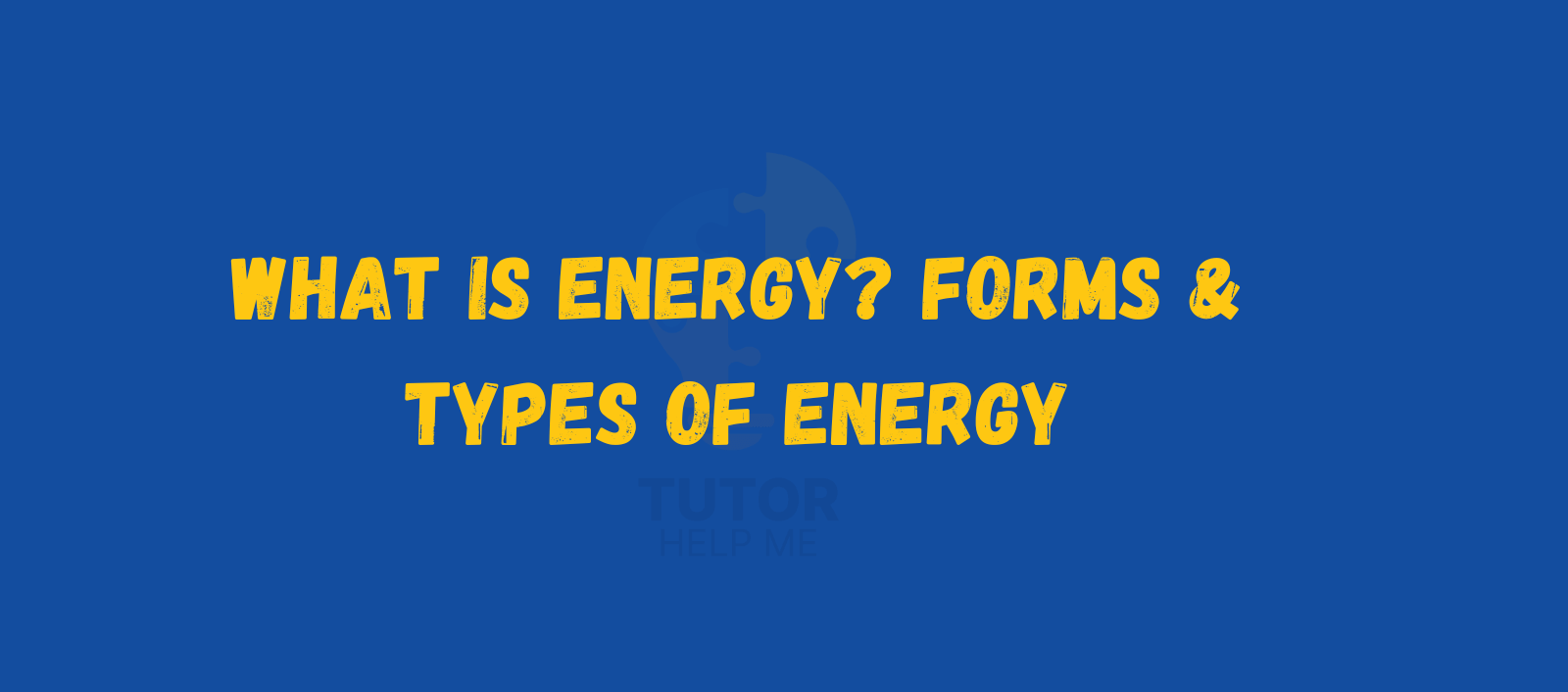Energy is the ability to do work or cause change. It exists all around us, in the movement of the wind, the warmth of the sun, the light from a bulb, or even the food we eat.
Every activity, from walking to charging your phone, uses energy in one form or another.
This blog will help you understand what energy is, its different forms, and the major types that power our world.
You will also learn how energy changes from one form to another and see examples you encounter in daily life.
Let’s explore this fascinating topic step by step.
What Is Energy?
Energy is the capacity to perform work. It can move objects, produce light, or create heat. In simple words, energy makes things happen.
Example:
When you push a swing, your body uses energy to make the swing move.
Forms of Energy
Energy exists in many forms. Each form can be converted into another, depending on the situation. Let’s look at the main forms of energy and their real-life examples.
Electrical Energy
Electrical energy is produced by the movement of electric charges (electrons). It powers most modern devices like lights, fans, and computers.
This energy can easily be converted into light, sound, or mechanical energy.
Example:
When you plug a lamp into a socket, electricity flows through the wire and produces light. Power plants generate electricity by converting other forms of energy, like coal, water, or wind, into electrical energy.

Thermal Energy
Thermal energy is the energy that comes from heat. It is caused by the movement of particles inside a substance.
The faster they move, the more heat energy they produce.
Example:
When you heat water on a stove, thermal energy from the flame transfers to the water, making it boil. This process shows how heat energy changes the temperature of substances.

Light Energy
Light energy is a form of electromagnetic energy that travels in waves. It allows us to see and supports life on Earth through photosynthesis.
Example:
The sun provides light energy that helps plants grow. Similarly, light bulbs use electrical energy to produce light energy so we can see in the dark.

Wave Energy
Wave energy is produced by the movement of waves on the surface of oceans and seas. It is a renewable energy source that can generate electricity.
Example:
In coastal areas, machines capture wave motion and convert it into electrical energy. This energy can power homes and industries without producing harmful gases.
Heat Energy
Heat energy is the transfer of energy from a hotter object to a cooler one. It flows naturally from high to low temperature.
Example:
When you place a metal spoon in a hot cup of tea, the spoon becomes warm because heat energy moves from the tea to the spoon.

Hydroelectric Energy
Hydroelectric energy is generated from the movement of water. When water flows through turbines in a dam, it produces electricity.
Example:
The Hoover Dam in the United States generates hydroelectric energy by using falling water to spin turbines that power cities and homes.
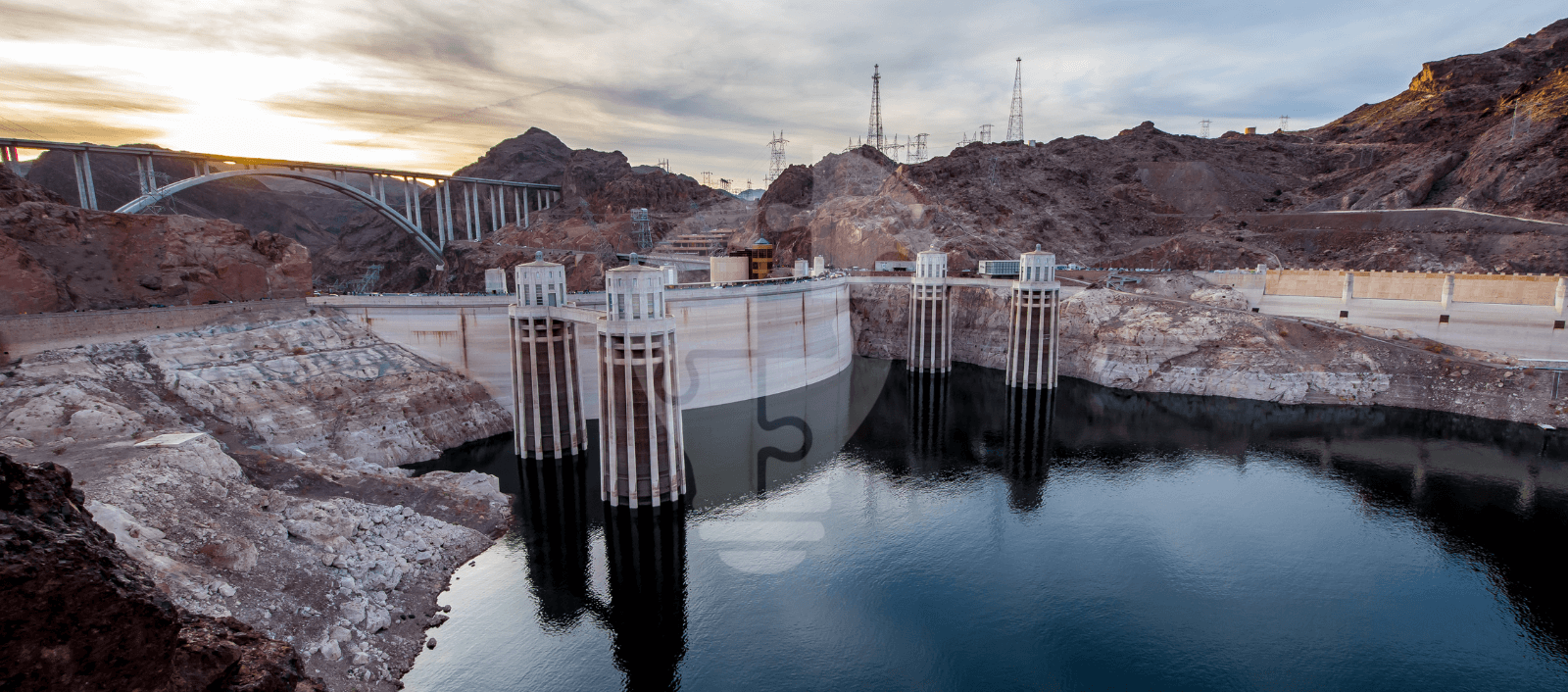
Solar Energy
Solar energy is the power we get directly from the sun. It can be converted into heat or electricity using solar panels.
Example:
Solar panels on rooftops capture sunlight and convert it into electricity to power homes. It’s one of the cleanest sources of renewable energy.
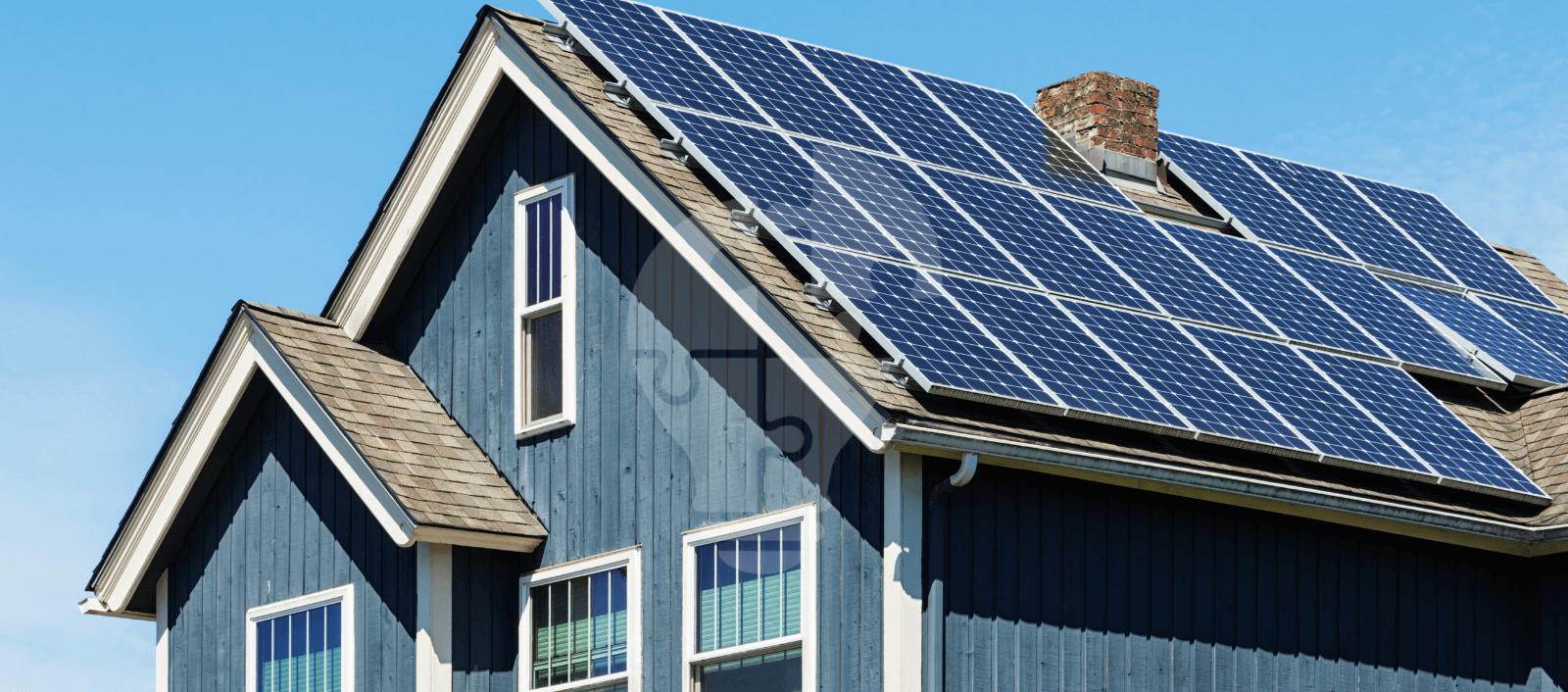
Wind Energy
Wind energy is created by the movement of air. Wind turbines convert the kinetic energy of moving air into electrical energy.
Example:
Wind farms in the UK generate electricity that powers thousands of homes by harnessing the energy of strong winds.
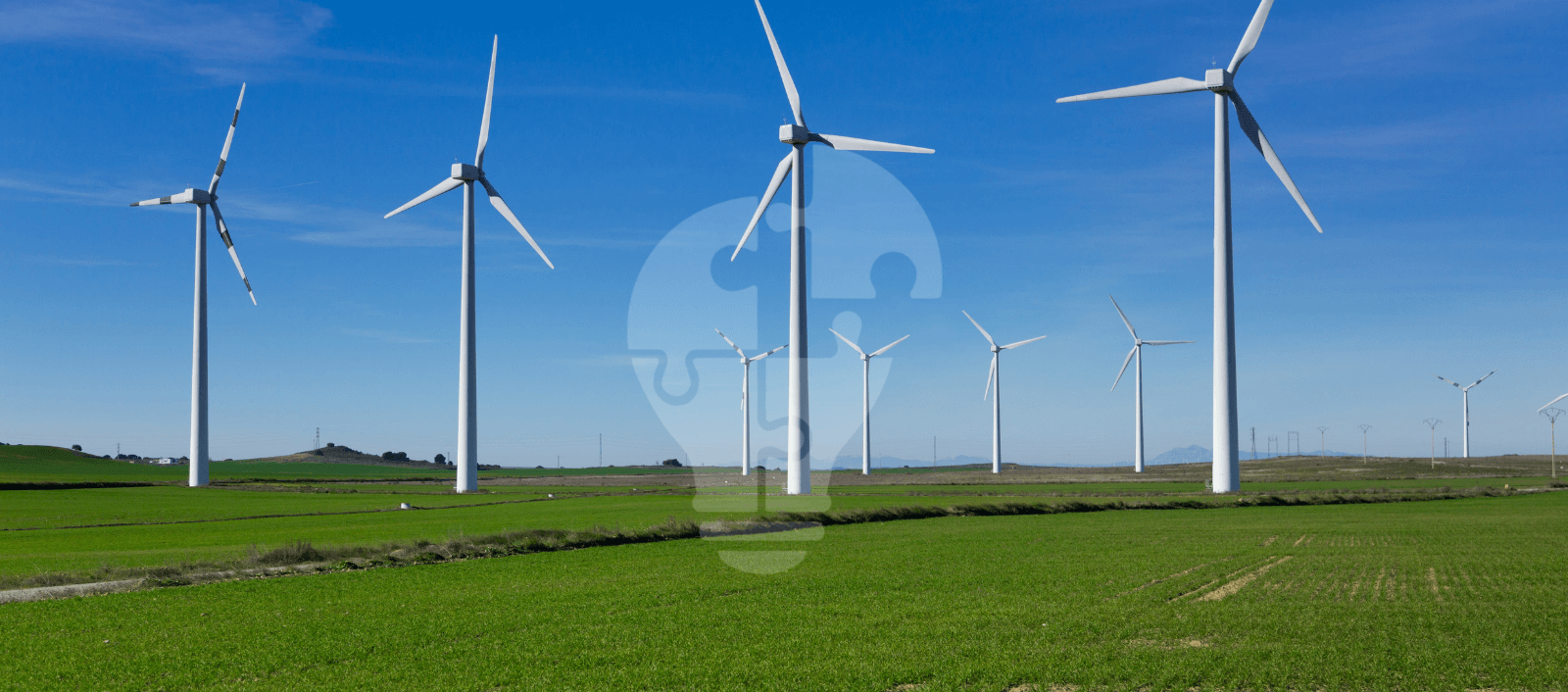
Nuclear Energy
Nuclear energy comes from splitting atoms in a process called nuclear fission or joining them in fusion. Both release large amounts of energy, mainly used in power plants.
Example:
Nuclear power plants use uranium atoms to produce electricity. Though powerful, it must be handled carefully because of radiation risks.
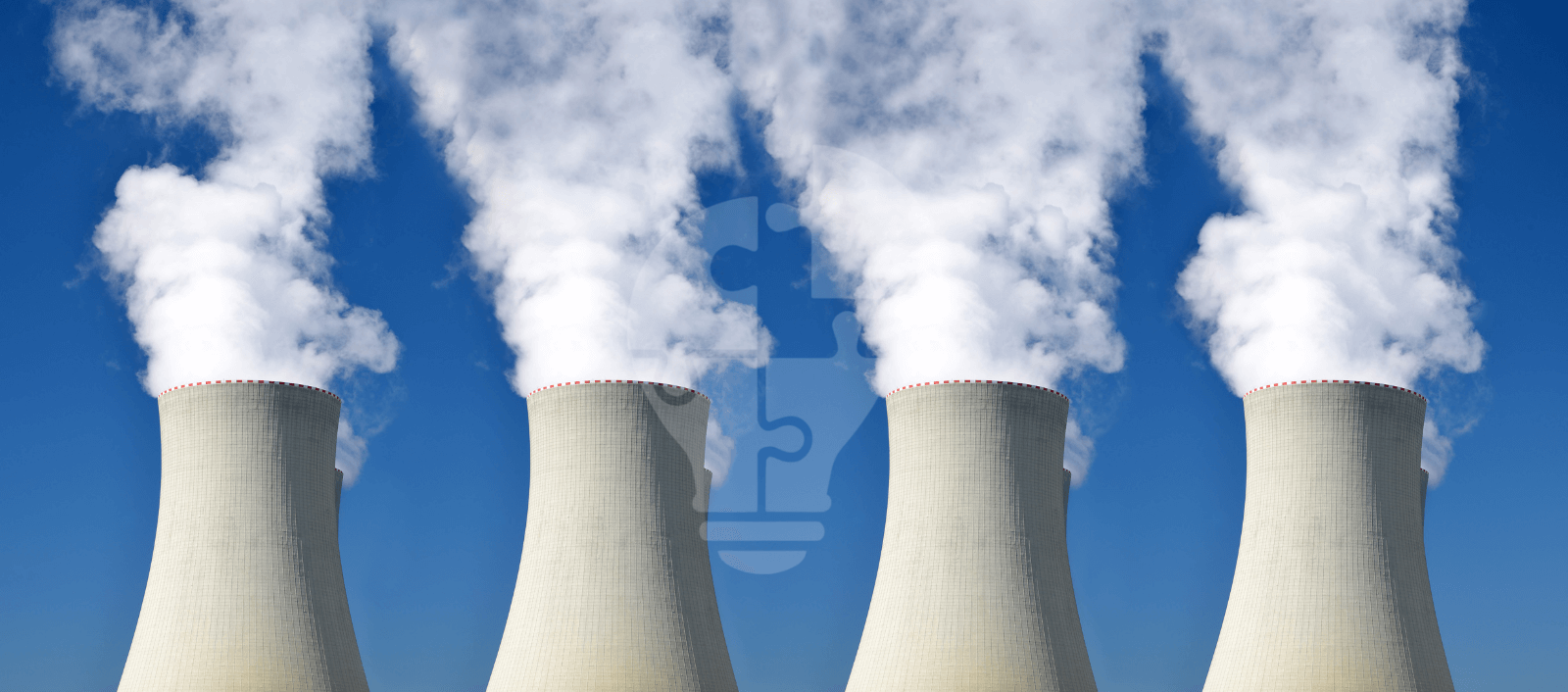
Tidal Energy
Tidal energy comes from the rise and fall of sea levels caused by the moon’s gravitational pull.
Example:
Tidal power stations capture energy from ocean tides using underwater turbines. This renewable energy source helps reduce the use of fossil fuels.

Biomass Energy
Biomass energy is produced from organic materials like plants, wood, and waste. It is renewable and helps reduce pollution.
Example:
Burning wood or agricultural waste releases energy that can be used for heating or generating electricity. Biogas from food waste is another example.
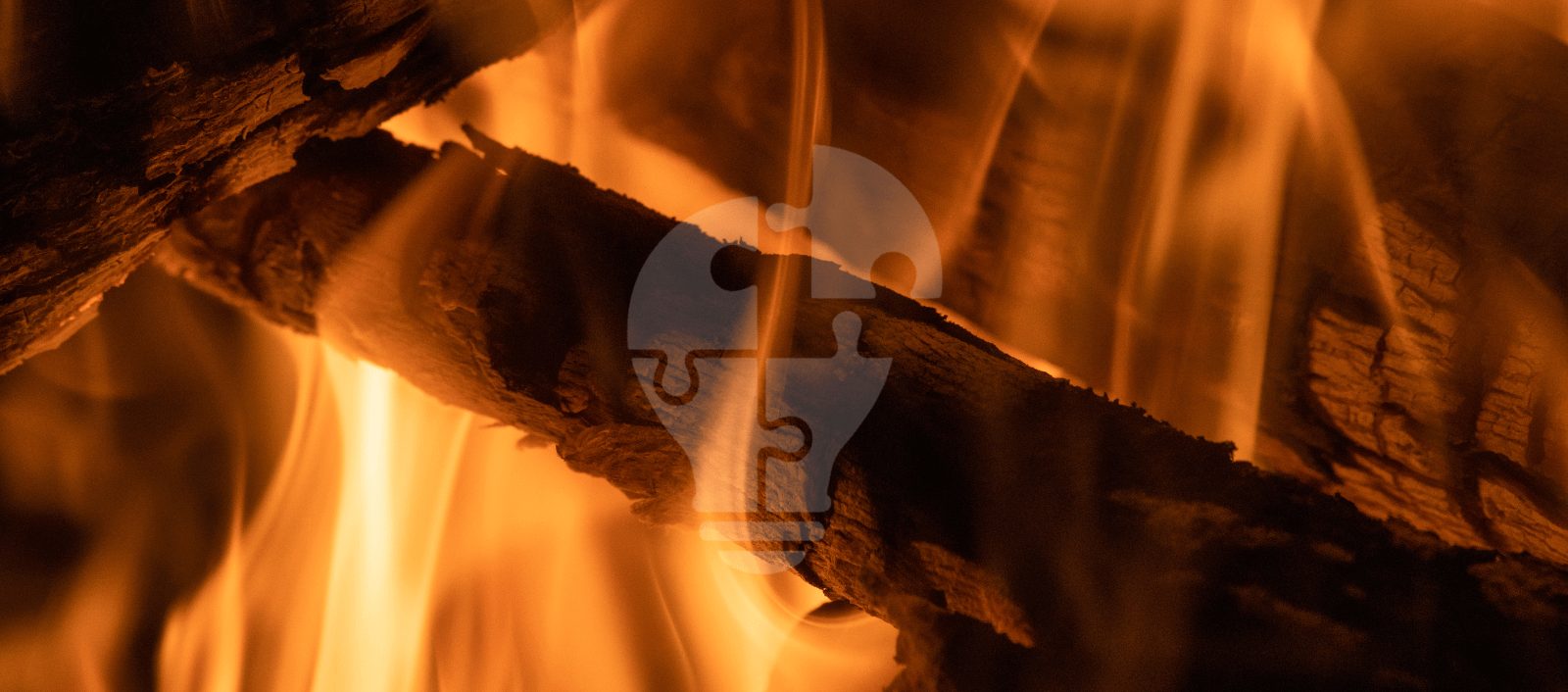
Kinetic Energy
Kinetic energy is the energy of motion. Any moving object, a car, a ball, or even a river, has kinetic energy.
Example:
When you kick a football, your leg transfers energy to the ball, making it move. The faster it moves, the more kinetic energy it has.

Geothermal Energy
Geothermal energy comes from the heat inside the Earth. It can be used for electricity and heating.
Example:
In Iceland, geothermal plants use underground steam to power turbines that generate electricity. It’s a constant and clean energy source.
Potential Energy
Potential energy is stored energy based on an object’s position or condition. It is ready to be converted into kinetic energy.
Example:
A raised hammer has potential energy that becomes kinetic energy when it falls toward a nail.
Different Types of Energy
Energy is divided mainly into two types: Kinetic Energy and Potential Energy.
Kinetic Energy
Kinetic energy is the energy of motion. It depends on an object’s mass and speed. Faster or heavier objects have more kinetic energy.
Example:
A moving car or flowing river both have kinetic energy.
Radiant Energy
Radiant energy is energy that travels through waves, such as light or radio waves.
Example:
Sunlight reaching Earth carries radiant energy that warms the planet and supports life.

Thermal Energy
Thermal energy is the movement of atoms within a substance. The higher the temperature, the more thermal energy it has.
Example:
A cup of hot tea has more thermal energy than a cold one.

Sound Energy
Sound energy is produced when something vibrates and creates waves that travel through air, water, or solid materials.
Example:
When you pluck a guitar string, it vibrates and produces sound energy.

Electrical Energy
Electrical energy results from moving electrons. It powers homes, machines, and devices.
Example:
When you switch on a fan, electrical energy turns into mechanical energy that spins the blades.

Mechanical Energy
Mechanical energy is the sum of kinetic and potential energy in an object.
Example:
A roller coaster at the top of a track has potential energy that turns into kinetic energy as it moves down.

Potential Energy
Potential energy is stored energy based on an object’s position or condition. It is ready to be converted into kinetic energy.
Example:
A stretched bow has potential energy that becomes kinetic energy when the arrow is released.
Gravitational Potential Energy
This energy is due to an object’s height and the pull of gravity.
Example:
A rock at the top of a hill has gravitational potential energy that turns into kinetic energy when it rolls down.

Elastic Potential Energy
This energy is stored in stretched or compressed objects.
Example:
A stretched rubber band stores elastic potential energy that is released when you let go.

Chemical Potential Energy
Chemical potential energy is stored in the bonds of molecules.
Example:
Food, fuel, and batteries contain chemical energy that is released when used.
Electric Potential Energy
Electric potential energy is stored between charged particles.
Example:
When a battery is connected to a circuit, the electric potential energy inside is converted to electrical energy.
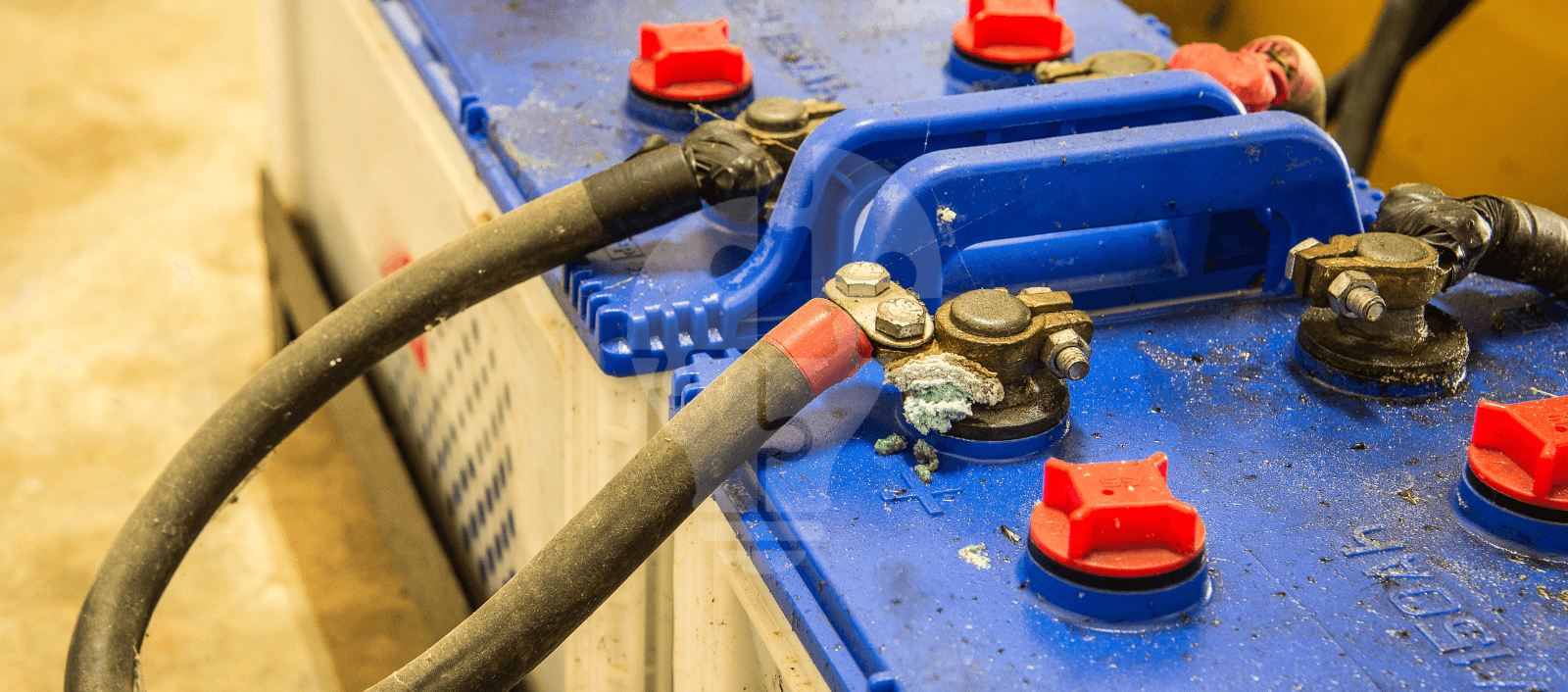
Law of Conservation of Energy
The Law of Conservation of Energy states that energy cannot be created or destroyed; it only changes from one form to another.
Example:
When you use a toaster, electrical energy converts into heat energy to warm the bread.
Why Energy is Important
- It powers every machine and tool.
- It helps in communication, transportation, and technology.
- It is essential for growth and survival in all living things.
Conclusion
Energy is the driving force of life and progress. It powers homes, fuels machines, and supports every activity we do. From the gentle warmth of sunlight to the powerful flow of water in dams, every form of energy has its role in making our world function.
Understanding the forms and types of energy helps us use resources wisely and shift towards cleaner, renewable sources for a better future.
FAQs
Q1: What is energy in simple words?
A: Energy is the ability to do work or cause change.
Q2: What are the main forms of energy?
A: Electrical, thermal, solar, nuclear, wind, and kinetic energy.
Q3: What are the two main types of energy?
A: Kinetic energy and potential energy.
Q4: How is energy measured?
A: Energy is measured in joules (J).
Q5: What is renewable energy?
A: Energy that comes from natural sources like sunlight, wind, or water.
Q6: What is non-renewable energy?
A: Energy from sources like coal or oil that cannot be replaced easily.
Q7: Can energy be destroyed?
A: No, it can only change form.
Q8: What is the best example of potential energy?
A: Water stored in a dam.
Q9: How does the sun provide energy?
A: The sun gives us solar energy through light and heat.
Q10: Which energy type is most used today?
A: Electrical energy is most commonly used for homes and industries.

